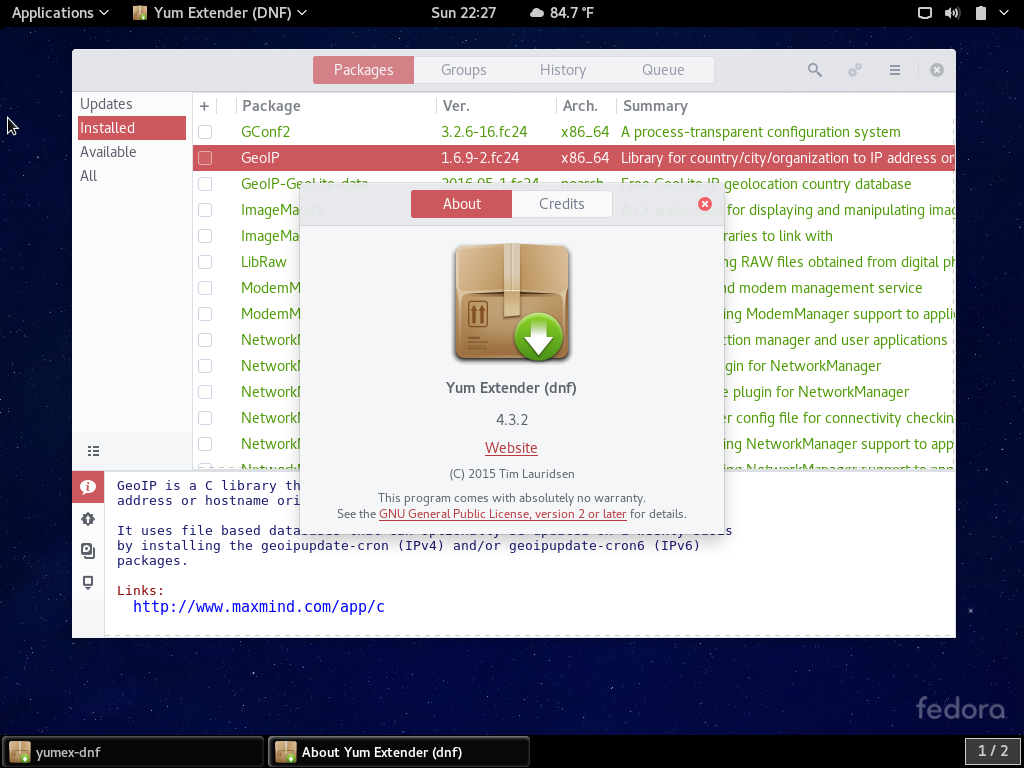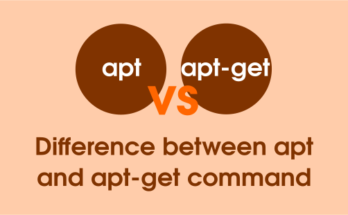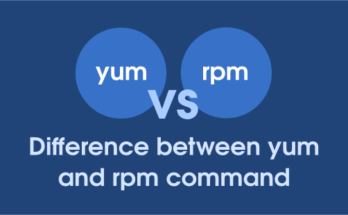This tutorial completely for newbies and whoever don’t have much experience on Linux and who don’t want to work with CLI. It may be very helpful for them to manage packages on Linux environment without any issues. In this tutorials we are going to teach you about suitable graphical frontend tool for Linux Package Managers such as YUM, DNF, apt-get, apt, urpmi, pacman, yaourt, packer & zypper.
Software are distributed through Packages that are linked to metadata which contain additional required information such as a software description, purpose of the software & list of dependencies which is necessary to run the software properly. They are provided by repositories, either local media (CD, DVD or hard drive) or online repositories. Upon installation, metadata is stored in a local package database which is used to retrieve software packages.
1) Yum Extender frontend tool for YUM & DNF
Yum Extender known as yumex is a graphical frontend for the yum/dnf packages manager used in Fedora, RHEL, Centos and other RHEL clones. It provides many of the powerful features in yum/dnf such search, install, remove, update & upgrade packages through native simple GUI.
1a) Install Yum Extender on RHEL/CentOS/Fedora
Yum Extender package is available in distribution official repository, so we can easily install by running below commends on terminal.
[RHEL/CentOS/upto Fedora 21] $ sudo yum install yumex [Fedora 22 and later] $ sudo dnf install yumex-dnf
1b) Usage of Yum Extender
Some basic usage.
- Navigate to Menu and launch the Yum Extender, by default it shows list of available updates. Just click
+sign to choose all the packages then hitApply pending changesbutton - Four color variants are there,
REDPackages need to be updated,GREENInstalled packages with upto date,BLUEshows obsoleted packages list,BLACKlist of available packages and notyet installed till. - From main menu itself you have option to search a package




